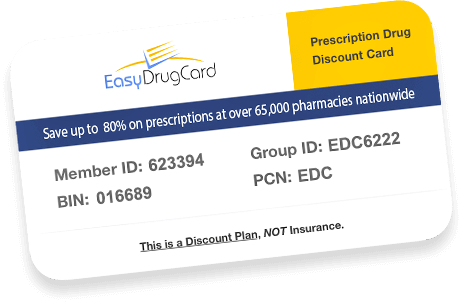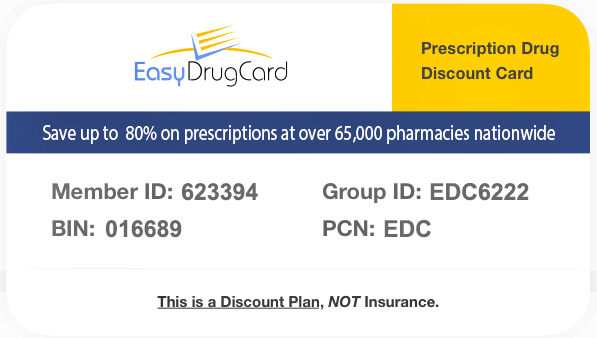Have you ever walked through the TSA security line at the airport and noticed the barefoot person in front of you has severe toenail fungus?
You might be wondering:
They use the scanner immediately before you and then the TSA agent motions you into the body scanner.
Now what:
You step into the scanner, place your feet on the exact same red-feet outline in the machine and simply cringe. “Thank goodness I’m wearing socks,” you say to yourself.
Is toenail fungus contagious?
Yes:
Although not classified as “highly contagious”, fungal toenail infections are typically spread through sharing items that have come into contact with the infection.
Some of those items include:
shoes, socks, nail polish, nail tools, and yes, the TSA scanner.
Its estimated that nearly 30 million Americans suffer from toenail fungus. Nail fungus is also called onychomycosis and tinea unguium.
When fungus infects the areas between your toes and the skin of your feet, it’s called athlete’s foot (tinea pedis).
Nail fungus is first seen as a white or yellow spot under the tip of your fingernail or toenail. However, as the infection goes deeper into your nail it may cause your nail to discolor, thicken and crumble at the edge. As the infection goes deeper, it may cause thickening of your nail and become painful.
It gets worse:
In severe cases, some people experience a condition called onycholysis. This condition causes the infected nail to separate from the nail bed. This causes pain accompanied by a foul odor.
Seek Medical Treatment:
Over the counter (OTC) treatments are available for mild cases. Even after treatment, toenail fungus often comes back.
You should see your doctor if self-care or OTC treatments are not providing results. Your doctor will examine your toenails and may scrape some debris from under your nail for lab testing to identify the type of toenail fungus causing the infection.
Medications:
• Oral antifungal drugs:
Your doctor may prescribe an oral antifungal drug such as Lamisil or itraconazole (Sporanox). Studies have shown these oral antifungal drugs to be the most effective treatments to help a new nail grow free of infection.
You typically take these drugs for six to 12 weeks. You won’t see the end result until the nail grows back completely. Since nails grow so slowly it may take up to four months or longer to eliminate an infection.
Oral antifungal drugs may cause side effects ranging from skin rash to liver damage. You may need occasional blood tests to check on how you’re doing with these types of drugs.
• Medicated nail polish:
Your doctor may prescribe an antifungal nail polish called ciclopirox (Penlac).
You paint this medicated nail polish on your infected nails and surrounding skin once a day.
After a week (7 days), you simply wipe the applied layers clean with alcohol and begin fresh applications.
You may need to use this type of nail polish daily for up to a year.
• Topical Medications:
An expensive, yet popular topical solution, JUBLIA (efinaconazole) is specifically formulated to reach the site of onychomycosis to treat toenail fungus.
Another topical treatment, Kerydin(tavaborole), was recently approved by the FDA to treat toenail fugus.
Both of these prescription drugs have only shown to be mildly effective in studies. Both products have potential side effects such as redness, itching, swelling or irritation of the toes, but because they are applied to the nails and nail beds. They are not expected to affect the liver or interact with other drugs.
Another possible complication of Jublia is ingrown toenails. According to the prescribing information, that occurred in 2.3% of those applying the drug.
Surgical or other procedures:
• Nail removal:
If your nail is severely infected or extremely painful, your medical professional may suggest removing your nail. A new toe nail will usually grow in its place. It may take up to a year to grow back completely. Sometimes surgery is used in combination with ciclopirox (mentioned above) to treat the nail bed.
• Laser and light-based therapies:
Although more study is needed, these methods may help treat your infection. One study tested the effectiveness of carbon-dioxide laser therapy combined with a topical medication. Most of the 24 people in the study benefited from the treatment.
Click Here to Read More About Toenail Fungus
If you suffer from a toenail fungus infection and have difficulty affording your prescription medications, we can help. Our prescription discount drug card can save you up to 75% off the cost of prescription drugs. Print or download our card or use our app for your mobile device. You can begin saving at over 65,000+ pharmacies nationwide today. Discount vary depending on the drug and pharmacy so use our free pharmacy locator and drug pricing tool to find the best price near you.











